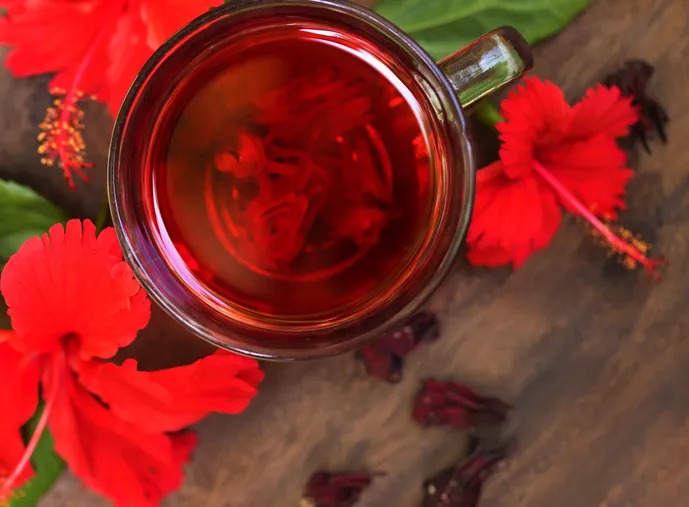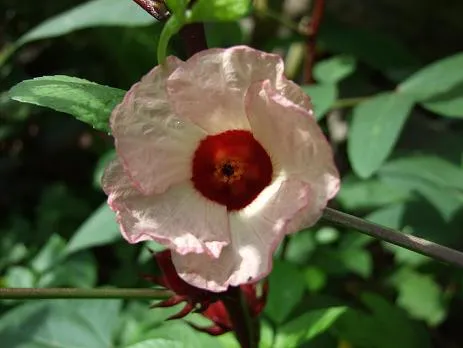The antioxidant activity of the anthocyanins present in the calyxes of the flowers of Jamaica (Hibiscus cannabinus) can also help in the prevention and treatment of some types of cancer. In studies carried out with extracts of the flower in patients from 30 to 60 years of age, a decrease in cholesterol by a total of 35% and a decrease in triglycerides were observed, as well as antihypertensive actions.



▶ The extract is a potential source of useful therapeutic products due to its nutritional and pharmacological properties. At an industrial level, in addition to using its extracts as pharmaceutical products, they are used for the elaboration of dyes, food flavorings and for the production of cosmetics.

▶ Credits: cokodeal – [Image of Public Domain]
≕ I invite you to stay tuned and read my next contribution ≔
From its stems, especially the Altísima variety, a better quality fiber is obtained than the Kenaf variety (Hibiscus cannabinus), which can replace jute in the manufacture of twine and sacks for packaging agricultural products.
As for poultry production, Rosella seeds are used to feed broiler chickens, which can be a vegetable protein substitute of up to 7.5% without negative effects on the growth of chickens, its leaves are also used as fodder for livestock and poultry.

Little is known about the agronomy of Jamaica flower cultivation and much less about the cultural practices for seed treatment in order to preserve its quality over time. Because of its bright red color and slightly acid flavor, Jamaica is a product with great potential in the food and pharmacological industry because it meets the demands of consumers for foods that, in addition to good taste, provide health benefits.
NOTE: Reference material.